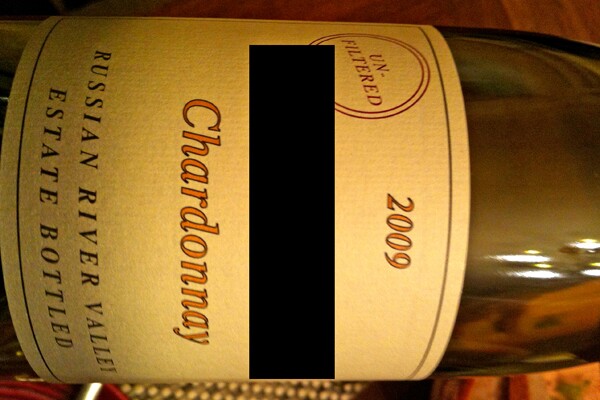Chardonnay's Bad Reputation

Perhaps it's so easy to be snobby about chardonnay as it's ubiquitous as air. There are more acres of it planted in California than any other grape, red or white -- imagine the 142 square mile Bakersfield totally as a chardonnay vineyard, say. (Now quit laughing.) That makes the need for a Chardonnay Symposium, like the one held May 16-17 at the Dolphin Bay Resort in Pismo Beach, a bit clearer.
Matt Kettmann, Contributing Editor at Wine Enthusiast, moderated the panel session at the Symposium. After the weekend, I admittedly asked him a leading question about the ABC, or Anything But Chardonnay, movement, which could easily have been concocted by pinot grigio marketers looking for a leg up, but there is a sense chardonnay has got a sort of bad rap of late.
"The fact is that chardonnay remains California's most popular white wine, and people are still guzzling it like crazy," Kettmann replies. "What happened is that many winemakers took the popularity of oak, butter, and big flavors to the extreme, and some of those with discerning palates were turned off because resulting wines lacked the freshness and balance that a quality chard will deliver. Yet as last weekend showed, there are great wines that are buttery and oaky and still in balance, and others that are lean and mean and also in balance. The alcohol level, by the way, has nothing to do with either assessment."
Indeed, while the pendulum swung heartily toward bigger bolder syrupier jammier alcohol-packed wines in the early 2000s, there's no doubt tastes are moving back the other way more recently. Think of the difference between wine as something you're meant to applaud as a virtuoso moment versus wine that makes the rest of the evening -- especially the food you serve with it -- better. "Of the hundred or so chardonnays I've tasted in the past two months, there were quite a few that were too lean for my taste, and only a couple that were too buttery," Kettmann says, offering his wisdom as our willing taste tester. "Times have changed, and generally for the better."
He diplomatically avoided singling out any producers from the weekend, but did make this suggestion, "The older wines really stood out for me, and a lot of winemakers even said that, if they had their druthers, they'd wait another year or two to release their chardonnays. Wines that have a pleasant zing when young only become more interesting as they pick up nuttiness over the years." A very non-scientific sample at my own house verifies that five-year-old chardonnays, especially from Sonoma and Napa, are drinking very well now. That is, if you can buy wine, and hang onto it for a few years. (I ask so much of my readers.)
The Chardonnay Symposium also delved into larger global concerns like climate change, but according to Kettmann, "The long-term effects of climate remain a mystery to winemakers, as they do for many of us. And amidst a drought, availability of water and how that's connected to a changing climate is also a big concern and worry. Though all agreed that worrying about wine amidst the many other problems to come seemed a bit silly. On a positive note, Larry Brooks of Tolosa explained during the panel that grapevines, like trees, fight against a warming planet. So, drink wine, save the world!"


